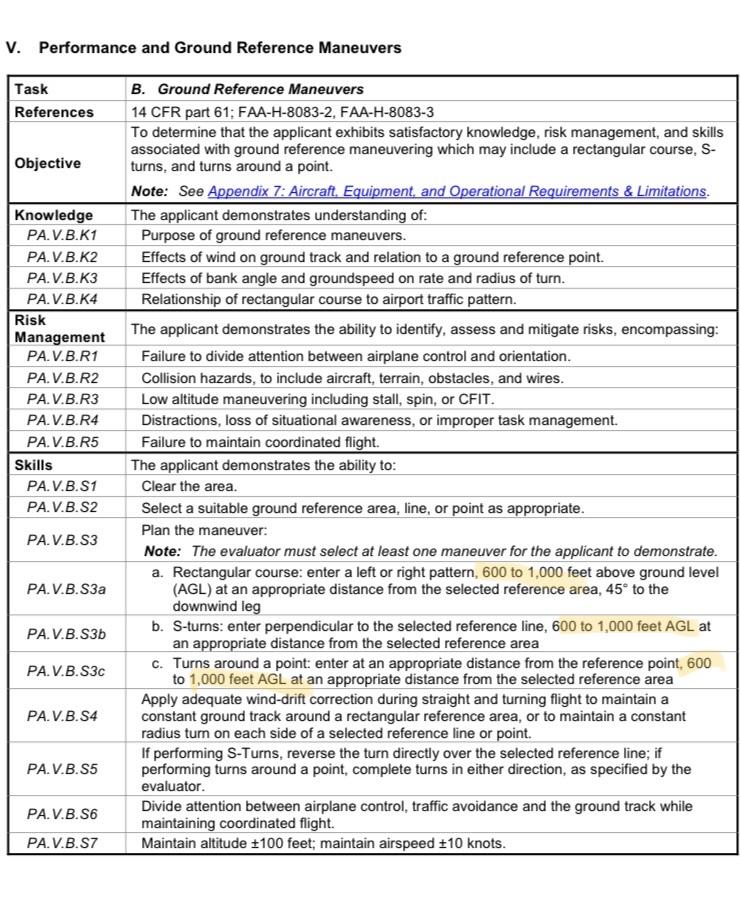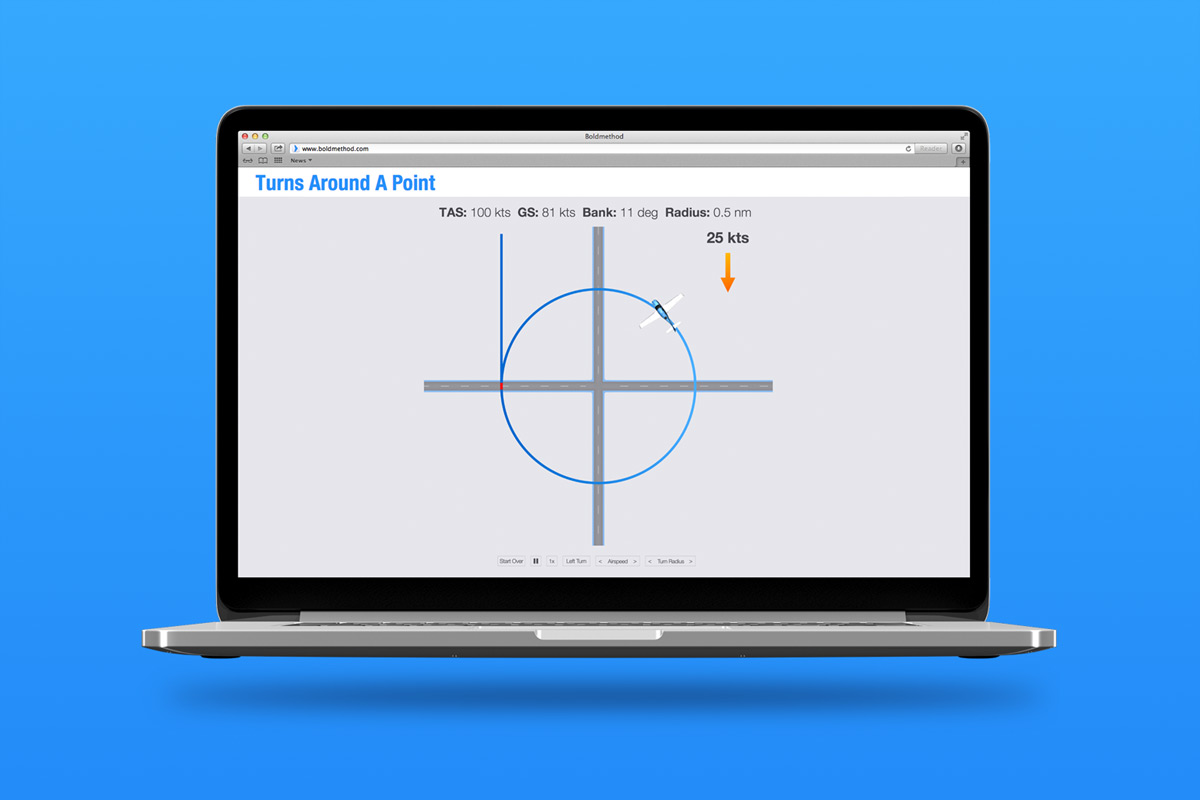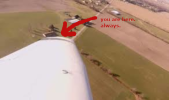Skyrys62
En-Route
- Joined
- Apr 5, 2017
- Messages
- 3,854
- Location
- hopefully not at work
- Display Name
Display name:
Meet the Fokkers
According to the title...... high wings are better.
Ah yes... the ol manurever.
a.k.a. Turns around a plop
that cow pooping in the field
Ah yes... the ol manurever.
a.k.a. Turns around a plop






